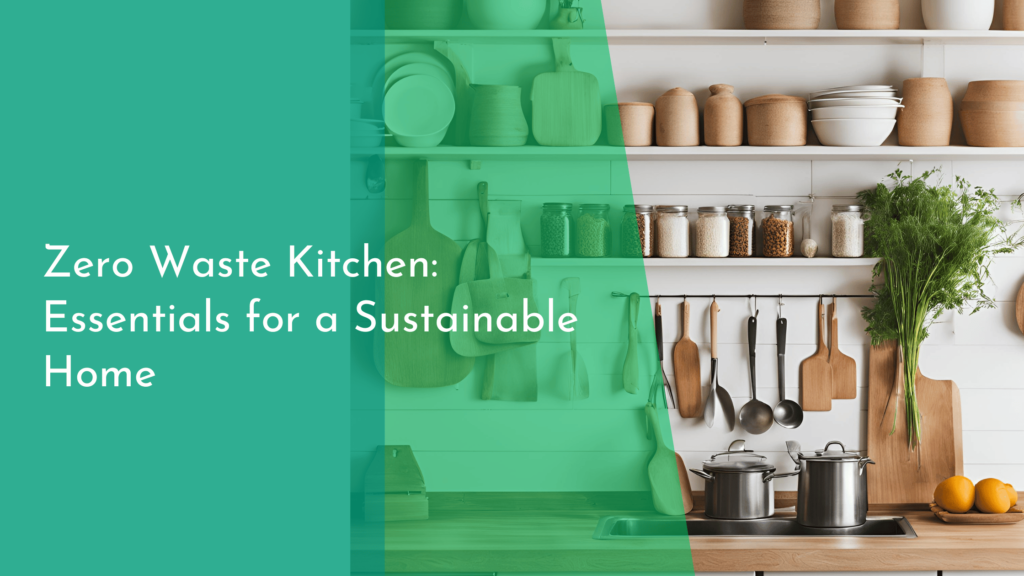Exploring biodegradable buckets for paint storage
In recent years, the environmental movement has inspired innovative solutions to everyday materials, leading to a surge in biodegradable alternatives. One such innovation is the biodegradable paint bucket, a product that not only serves a practical purpose but also supports sustainability. As painters and DIY enthusiasts alike look for ways to minimize their environmental footprint, biodegradable paint buckets offer a fantastic solution that aligns with eco-friendly practices. In this article, we’ll explore the benefits of these buckets, their positive impact on the environment, the right materials to consider, and tips for their proper care and use.
Discover the Benefits of Biodegradable Paint Buckets
Biodegradable paint buckets are revolutionizing the way we approach paint storage and disposal. Unlike traditional plastic buckets, which can linger in landfills for centuries, biodegradable options are designed to break down naturally over time. This means that once they have served their purpose, they won’t contribute to the ever-growing waste crisis. Additionally, many biodegradable paint buckets are made from renewable resources, making them a more sustainable choice for both professional painters and DIY hobbyists.
Another significant advantage of biodegradable buckets is their lightweight nature. They often come with ergonomic designs that make them easy to carry and handle, which is a huge plus for anyone undertaking a painting project. Furthermore, many brands are now producing these buckets with added features, such as ergonomic handles or built-in pour spouts, making them just as user-friendly as their traditional counterparts. With biodegradable options, you can enjoy the same functionality while being kind to the planet.
How Biodegradable Buckets Help the Environment
The environmental benefits of biodegradable paint buckets are profound. First and foremost, these buckets significantly reduce plastic waste. Traditional plastic paint buckets are a major contributor to pollution, as they are not typically recyclable due to the residues of paint left inside them. When biodegradable buckets are disposed of, they break down into natural components, which can enrich the soil rather than harm it. This is especially important in our ongoing fight against plastic pollution and climate change.
Moreover, many biodegradable paint buckets are made from materials that require less energy to produce compared to their plastic counterparts. For example, buckets made from plant-based materials such as corn starch or sugarcane are not only renewable but also contribute to a lower carbon footprint. By choosing biodegradable options, consumers can play a vital role in supporting sustainable manufacturing practices and promoting a circular economy where products are reused, recycled, or composted instead of being discarded.
Choosing the Right Biodegradable Materials for Storage
When it comes to selecting biodegradable paint buckets, it’s essential to consider the materials used in their construction. Common biodegradable materials include PLA (polylactic acid), made from fermented plant starch, and bagasse, a by-product of sugarcane processing. These materials are not only eco-friendly but also durable enough to withstand the rigors of paint storage. It’s important to look for certifications or labels that indicate a product’s biodegradability, ensuring that you are making an informed choice.
Another factor to consider is the bucket’s capacity and design. Depending on the scale of your painting project, you may need different sizes of buckets. Additionally, consider features such as airtight lids or stackable designs, which can enhance functionality. Many brands are innovating in this space, so take the time to research and find a biodegradable paint bucket that meets your specific needs while being considerate of the environment.
Tips for Proper Care and Use of Your Eco-Friendly Buckets
Caring for your biodegradable paint buckets can extend their life and maintain their functionality. After each use, clean the buckets thoroughly to prevent paint residue from hardening and compromising the material. Use warm, soapy water and avoid harsh chemicals, which can degrade the biodegradable material over time. If you notice any signs of wear or damage, it’s best to recycle or compost the bucket rather than using it for future paint projects.
Additionally, store your biodegradable buckets in a cool, dry place, away from direct sunlight. Excessive heat and UV exposure can accelerate degradation, reducing their lifespan. By following these simple care tips, you can ensure that your biodegradable paint buckets serve you well while also contributing to a healthier planet. Plus, the satisfaction of knowing you’re using eco-friendly products adds a little extra cheer to any painting project!
In conclusion, biodegradable paint buckets are a fantastic option for anyone looking to combine practicality with environmental responsibility. The benefits of these eco-friendly alternatives are plentiful, from reducing plastic waste to supporting sustainable production practices. By choosing the right materials and taking good care of your biodegradable buckets, you can make a positive impact while enjoying your painting endeavors. So, next time you plan a painting project, consider reaching for a biodegradable bucket and contribute to a more sustainable future—one brushstroke at a time!


